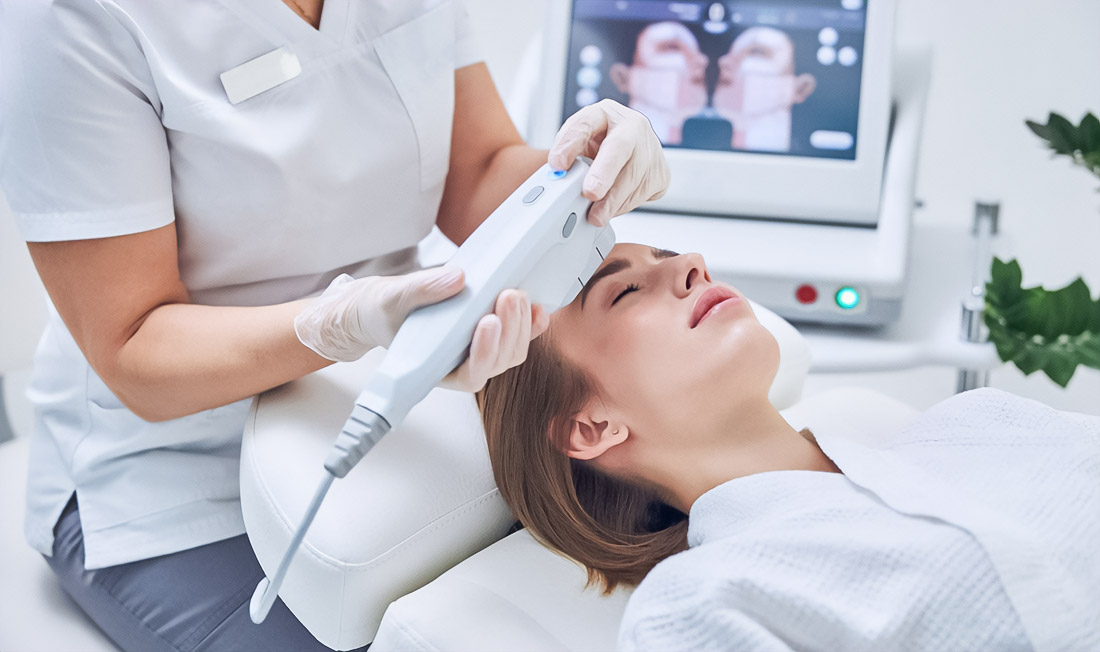A common concern in the region is the appearance of pigmentation along the face-framing area, often referred to as the “hijab line.” This condition arises from the continuous friction of fabric against the skin, which is further aggravated by sun exposure, heat, and the inherent sensitivity of the affected areas. To effectively treat this specific issue, which results in an uneven skin tone, hyperpigmented patches, and overall epidermal dullness, patients require specialized care. This is the precise expertise offered by the best aesthetic clinic in Dubai , where tailored treatments are designed to gently exfoliate, lighten, and rejuvenate the skin, restoring a smooth, even, and radiant complexion.
Dermatologists explain that hijab line pigmentation is a type of post-inflammatory hyperpigmentation. It develops gradually when keratinocytes and melanocytes react to constant microtrauma from textile fibers. Studies show that friction can increase melanin activity by up to 30%, which intensifies discoloration, especially in people with Fitzpatrick skin types III–V, who are more prone to pigmentation disorders.
Targeted aesthetic treatments are recommended to restore skin tone and texture. Chemical peels based on glycolic acid or lactic acid gently exfoliate the surface layers of the epidermis, stimulate collagen synthesis, and reduce pigment concentration. Laser therapy with Q-switched and YAG systems is considered one of the most effective techniques for breaking down melanin clusters without damaging surrounding tissues. Clinical protocols usually require 3–6 sessions, with visible lightening of pigmentation after the second procedure.
Modern mesotherapy cocktails enriched with vitamin C, glutathione, and tranexamic acid also provide significant results. These active substances inhibit tyrosinase activity and normalize melanin production, reducing new pigment spots. In addition, micro-needling combined with serums enhances absorption and stimulates skin regeneration.
Preventive measures remain an important part of treatment. Daily use of broad-spectrum sunscreen with SPF 50+, selection of lighter and softer hijab fabrics, and regular moisturizing significantly reduce the risk of repeated pigmentation. Clinical observations confirm that patients who follow these recommendations maintain stable results for 12–18 months.
The best aesthetic clinic in Dubai emphasizes that an individual approach is essential: the choice of peeling depth, laser wavelength, and mesotherapy formula depends on the patient’s phototype, skin sensitivity, and pigmentation intensity. A combination of professional treatments and home care guarantees the most sustainable effect and helps to restore even, healthy skin tone along the hijab line.
